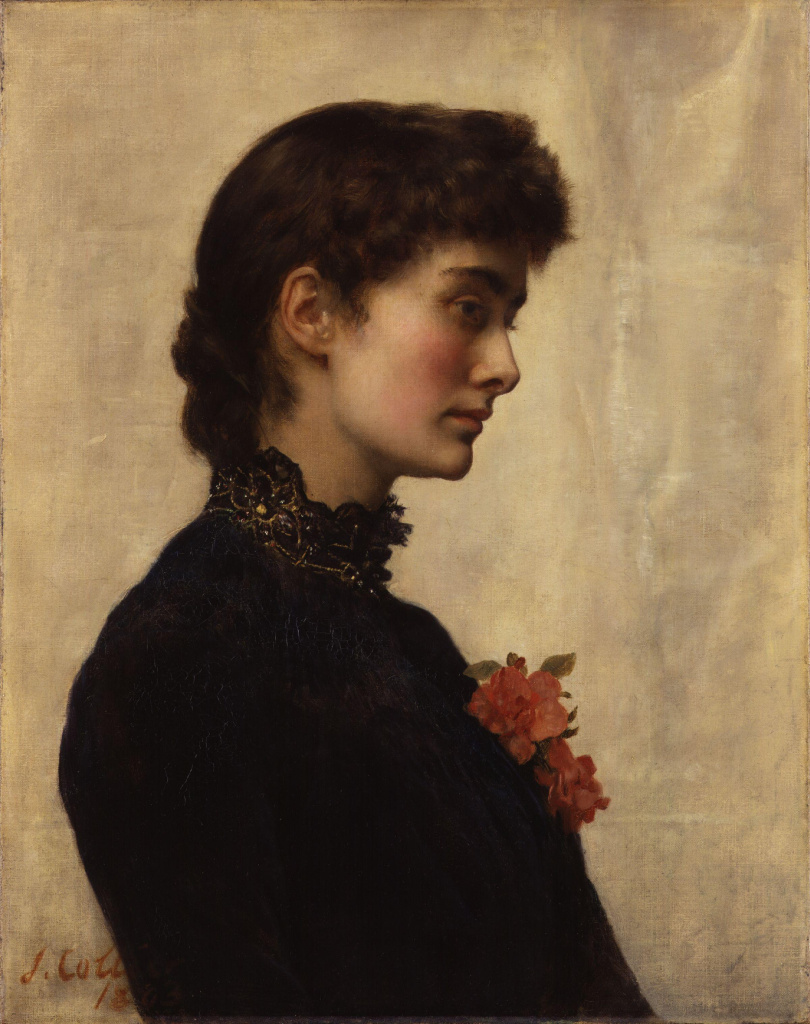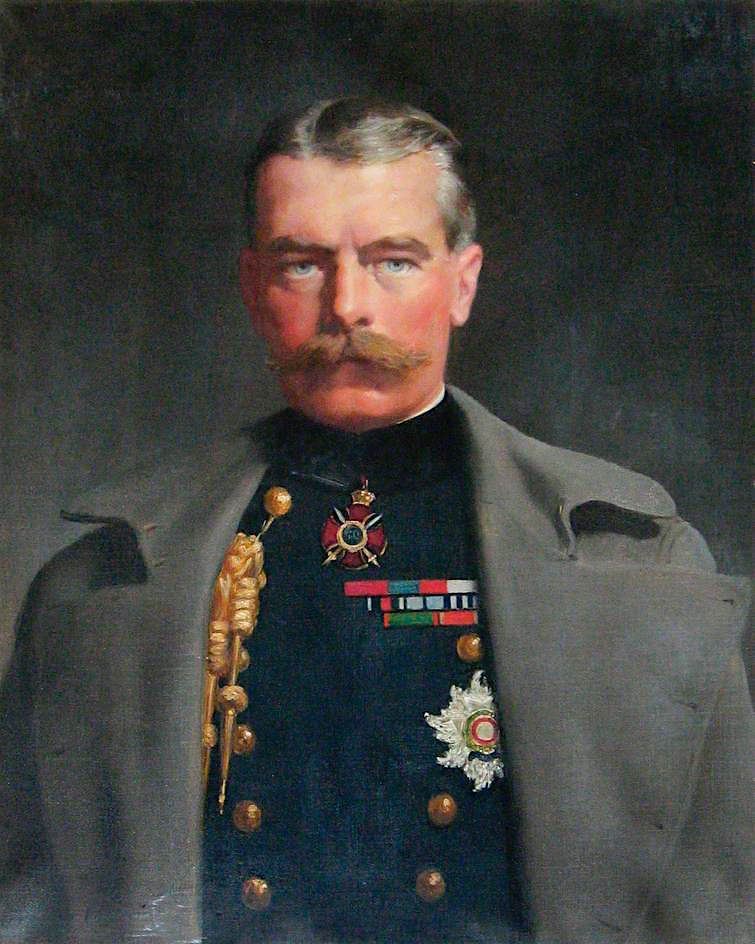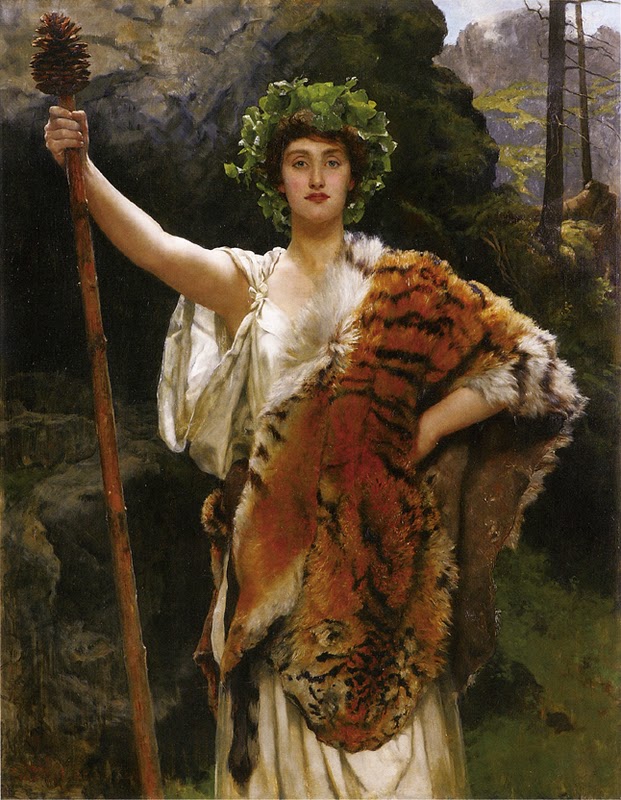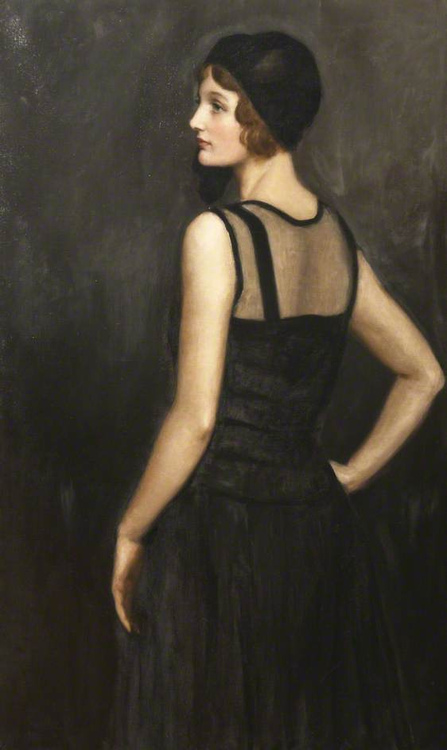His fairly brief Wikipedia entry is here. Perhaps the most interesting information there is a list of his Beaux-Arts pupils. They include Jean-Joseph Benjamin-Constant, Eugène Carrière, Pierre-August Cot, Jules Bastien-Lepage, Henri Gervex, Aristide Maillol, Henri Regnault, Solomon J. Solomon and Adolphe Willette.
As for his art, Cabanel was not a pure pompier school academician, though did produce works of that kind.
Below are examples of Cabanel's paintings in chronological order.
Albaydé - 1848
Painted while studying in Rome.
Death of Moses - Musée Fabre version - 1850
Displayed on his return from Rome.
The Glorification of St. Louis - c.1854
The Birth of Venus - 1863
Probably Cabanel's most famous painting. It can be found in Paris' Musée d'Orsay.
Emperor Napoléon III - 1865
The Druidess - 1868
Christina Nilsson as Pandora - 1873
The Nymph Echo - 1874
Note the loosely painted setting.
Phaedra - 1880
Here everything is hard-edge.
Mary Victoria Leiter, later Lady Curzon - 1887
Olivia Peyton Murray Cutting - 1887
Compare the poses and settings of these ladies painted the same year. Was Cabanel "mailing it in" as his health declined?
Cleopatra Testing Poisons on Condemned Prisoners - 1887
Perhaps his last "pompier" work.
























































